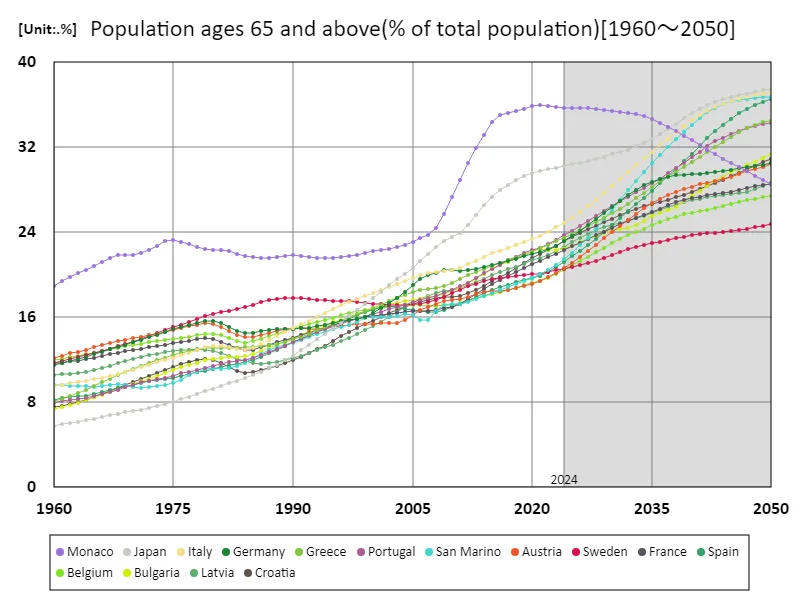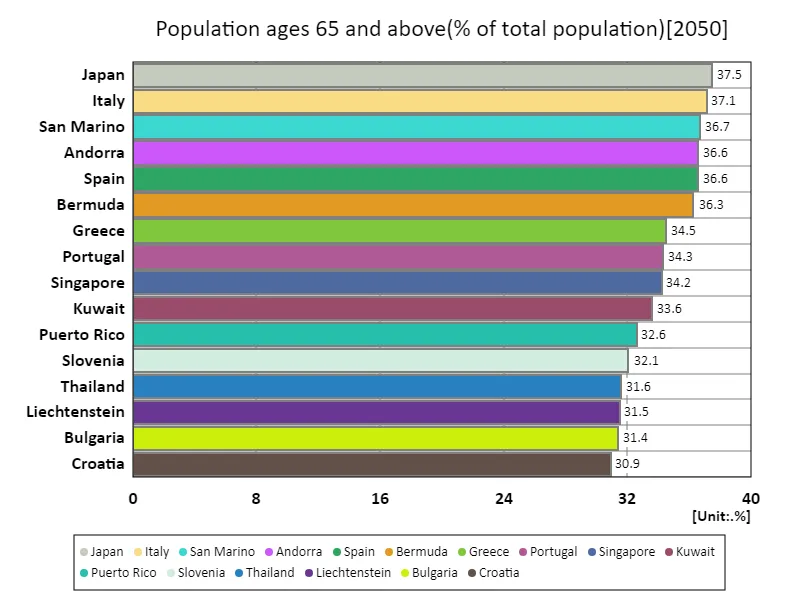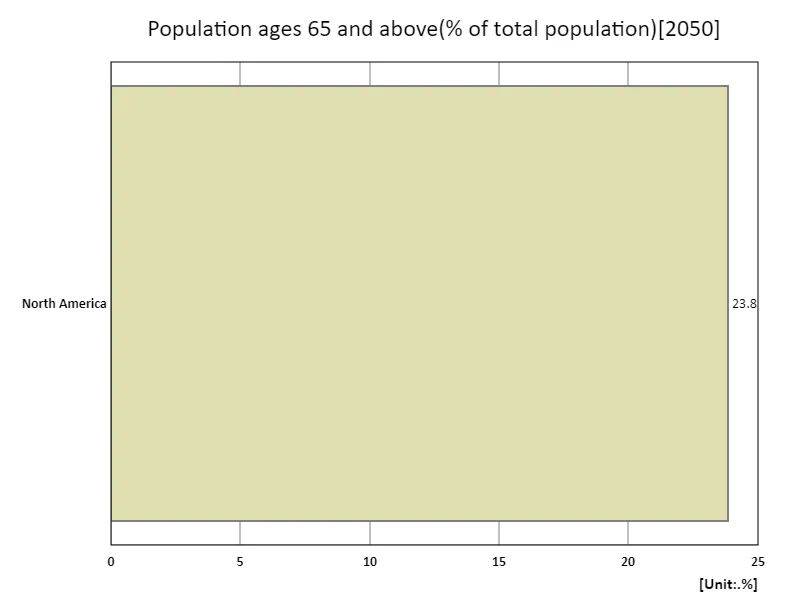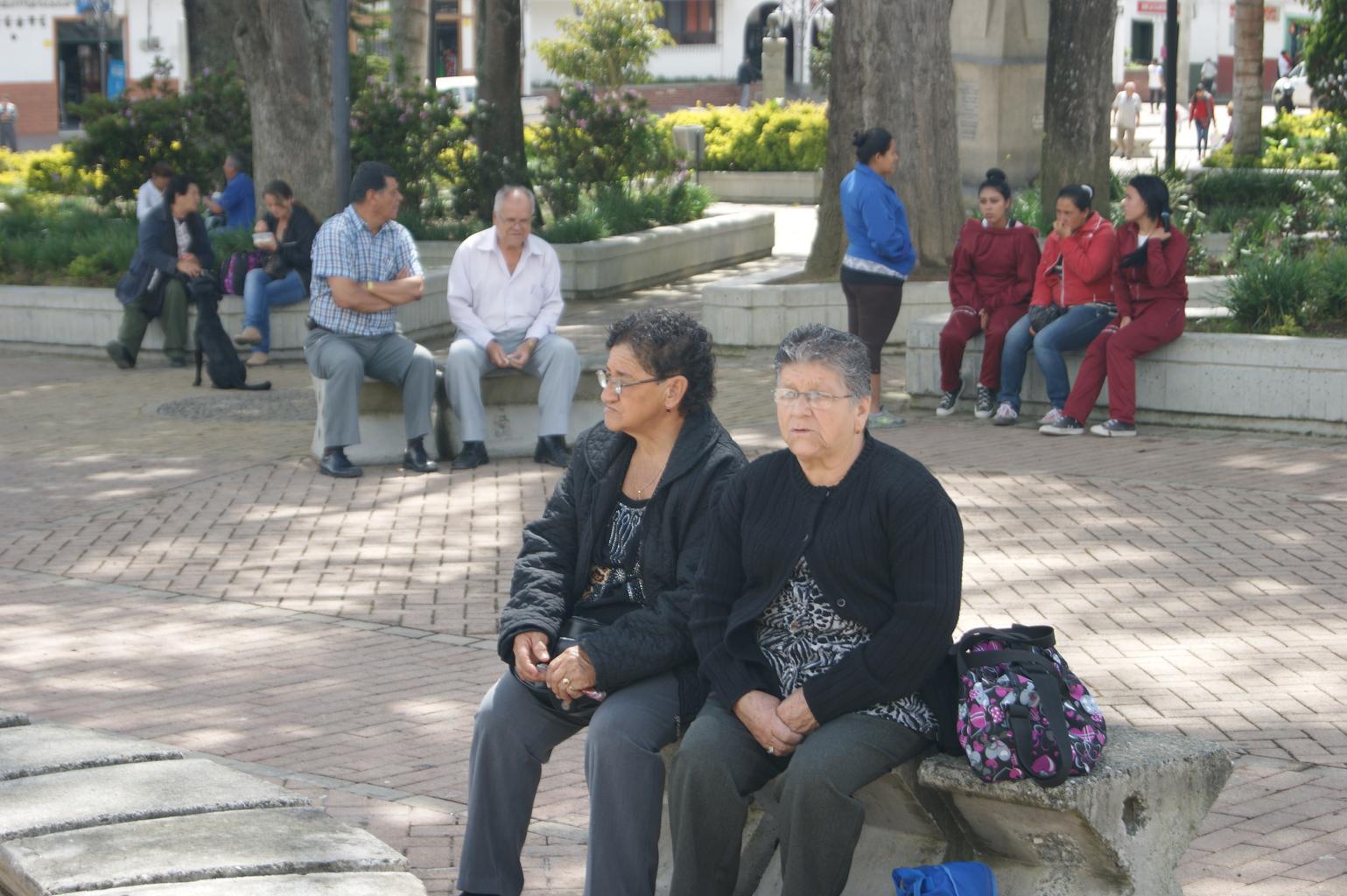- Abstract
- Population aged 65 and over (percentage of total population)
- Population aged 65 and over (percentage of total population) (worldwide)
- Population aged 65 and over (percentage of total population) (worldwide, latest year)
- Population aged 65 and over (percentage of total population) (region, latest year)
- Reference
Abstract
Japan has experienced a significant aging trend, driven by low birth rates and longer life expectancies. Over the past few decades, the percentage of people aged 65 and over has steadily increased, reflecting the country’s demographic shift. By 2050, Japan is projected to have the highest proportion of elderly citizens, with 37.5% of the population aged 65 or older. This trend is a result of factors such as advanced healthcare, a declining fertility rate, and changes in family structures, leading to an aging society with increasing demand for healthcare and social services.
Population aged 65 and over (percentage of total population)
Japan’s aging population has been a defining characteristic of its demographic trends, driven by low birth rates and increasing life expectancy. From 1960 to the present, the proportion of people aged 65 and over has steadily risen, with Japan now at its peak. By 2050, projections show that Japan will have the highest percentage globally, reaching 37.5% of its population. This trend reflects broader global patterns of aging, but Japan’s case is particularly acute, posing challenges in healthcare, labor force participation, and social support systems. This demographic shift requires innovative solutions to ensure sustainable economic growth.


The maximum is the latest one, 37.5% of Japan
Population aged 65 and over (percentage of total population) (worldwide)
Japan’s aging population is a key feature of its demographic landscape, with the percentage of people aged 65 and over steadily increasing since 1960. By 2050, Japan is projected to reach 37.5% of its population over 65, the highest globally. Currently, Japan has already reached its peak in this demographic shift, driven by declining birth rates and longer life expectancy. This trend mirrors global aging patterns but is particularly pronounced in Japan, leading to challenges in healthcare, pensions, and workforce participation. Japan’s experience offers insights into the complexities of managing an aging society.


The maximum is the latest one, 37.5% of Japan
Population aged 65 and over (percentage of total population) (worldwide, latest year)
South Korea’s rapidly aging population is a significant global trend, with projections showing 39% of its population will be aged 65 or older by 2050, the highest among major economies. This demographic shift is fueled by low birth rates and increasing life expectancy, reflecting broader trends seen in many developed countries. Currently, the global average of the population aged 65+ is 17.2%, with the total of 3.41k% encompassing all nations. South Korea, like other aging societies, faces challenges in healthcare, pensions, and a shrinking workforce, prompting the need for policy adaptations to ensure economic sustainability.


The maximum is 37.5% of Japan, the average is 17.2%, and the total is 3.36k%
Population aged 65 and over (percentage of total population) (region, latest year)
By 2050, the euro area’s population aged 65 and over is expected to reach 31.7%, significantly higher than the global average of 16.7%. This aging trend, particularly pronounced in countries like Germany and Italy, is driven by declining birth rates and increased life expectancy due to medical advances and improved living standards. Population aging in the region has accelerated since the 1960s, and the proportion of elderly people continues to rise. These demographic shifts underscore the need for comprehensive policy reforms, particularly in pension systems, healthcare, and elder care services, to address the growing demands of an aging population.


The maximum is 23.8% of North America, the average is 23.8%, and the total is 23.8%



Comments